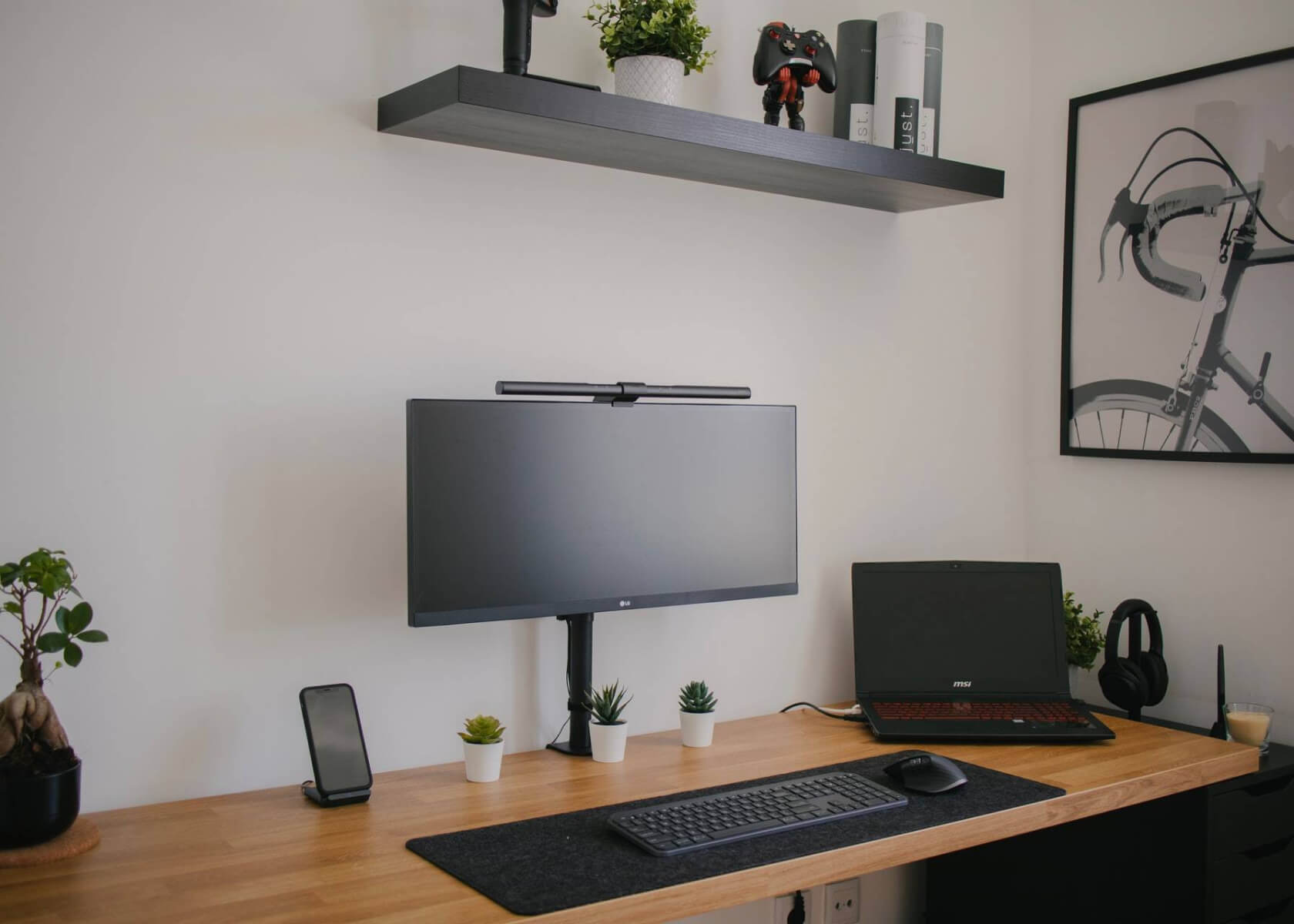How to Create Multi-Column Layouts in Notion: A Comprehensive Guide

New to Notion?
How to Create Multi-column layouts within Notion
Notion is a powerful Productivity tool that allows you to create, organize, and collaborate on projects and tasks. One standout feature is its ability to create multi-column layouts, which can optimize your Workspace and enhance the way you present and structure information. In this article, we explore several methods to create multi-column layouts in Notion using current features and best practices.
Using Tables
Tables are a versatile tool in Notion for organizing and displaying data in a structured way. You can use them to simulate multi-column layouts. Follow these steps:
- Open Notion and create a new page or navigate to an existing one where you want to add a multi-column layout.
- Click on the "+" button within the page and select Table from the dropdown menu.
- Adjust the number of columns in your table by clicking on the "+" button next to existing columns or by right-clicking on the table and selecting the Insert option.
- Populate the table with your desired content, such as text, images, or other media.
- Customize the appearance of your table by adjusting the column width, Font size, color, or other formatting options available.
Using tables can help you create clean, grid-like multi-column layouts that cater to your specific needs.
Using Drag-and-Drop Columns
Notion now makes it even easier to create columns without relying on a dedicated block. You can simply use its intuitive drag-and-drop features:
- Open Notion and create a new page or navigate to an existing one.
- Create a block of content (such as a text block, image, or list).
- Create another block right below the first one. Hover over the block’s handle (the six-dot icon) to reveal the drag option.
- Drag the new block next to the first block until you see a vertical blue line indicating the drop zone.
- Release the block and adjust the width by dragging the divider between the blocks.
This method offers greater flexibility, as you can easily reposition blocks and format each column independently.
Using Templates
Notion’s extensive template library makes setting up multi-column layouts quick and efficient. Whether you’re designing a project plan, a Content calendar, or a blog post, you can find templates that feature multi-column designs. Here’s how to use them:
- Open Notion and either create a new page or navigate to an existing one.
- Click on the "+" button within the page.
- In the template gallery, search for templates that incorporate multi-column layouts using either the search bar or by browsing through categories.
- Once you find a template that suits your needs, click on it, and Notion will generate a new page using that layout.
- Customize the template by adding your own content, rearranging sections, or modifying the columns according to your preferences.
Templates are an efficient way to set up complex layouts without the hassle of manual formatting.
Benefits of Multi-column layouts in Notion
By utilizing multi-column layouts in Notion, you can enjoy several benefits:
- Organized Information: Multi-column layouts help compartmentalize your data, making it visually organized.
- Improved Readability: Breaking up lengthy content into columns can enhance readability, especially for detailed or complex information.
- Efficient Use of Space: These layouts make the most of your screen real estate by fitting more content in an organized and compact manner.
- Enhanced Presentation: Present your information in a visually appealing and engaging way that draws the viewer's attention.
In conclusion, Notion offers multiple ways to create multi-column layouts—including the use of tables, drag-and-drop columns, and pre-designed templates. By leveraging these features, you can optimize your Workspace, structure your information effectively, and enhance the overall visual appeal of your content.


